Mediterranean Mosaic: How Dolce & Gabbana Tiles Reflect Algerian Heritage
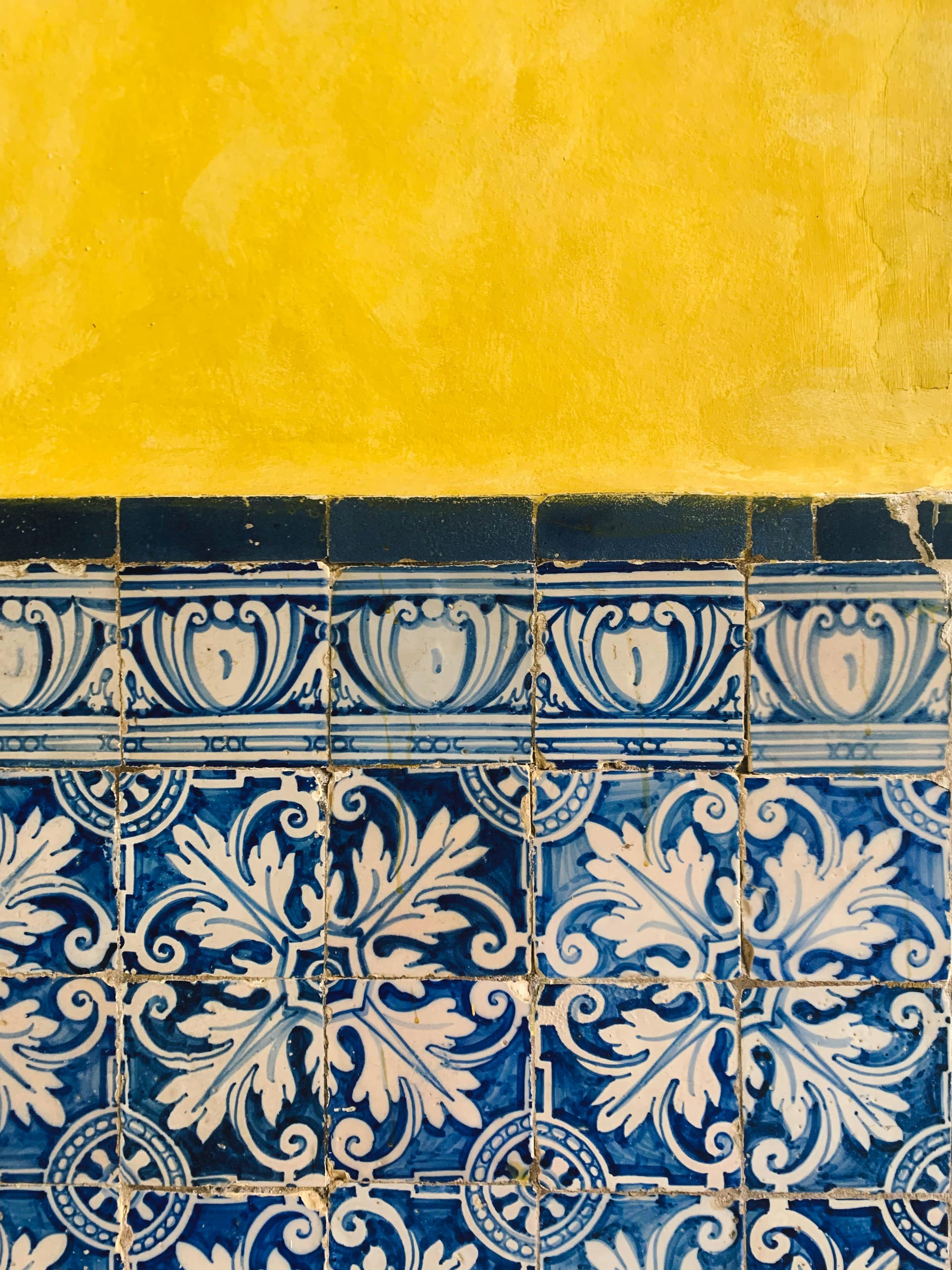
When fashion meets heritage, the result can be both breathtaking and timeless. One of the most iconic symbols of Dolce & Gabbana’s visual identity is the use of intricate tile prints — from rich blues and golden yellows to hand-painted motifs that look as though they’ve been lifted straight from a Mediterranean palace wall. But while these tiles are often described as “Sicilian majolica,” they speak to a shared cultural language that transcends borders, deeply connecting Italy and Algeria.
A Tale of Two Coasts: Sicily and Algeria
Separated only by the Mediterranean Sea, Sicily and Algeria share more than just climate and coastline. They share centuries of cross-cultural exchange, influenced by Arab, Berber, Roman, Ottoman, and Andalusian civilizations. This shared history lives on in the tiles that decorate courtyards, palaces, mosques, and churches—tiles that Dolce & Gabbana has reimagined on silk dresses, accessories, and runway sets.
Just like in Algiers, Tlemcen, and Constantine, where zellige tilework tells stories of identity, faith, and artistry, Dolce & Gabbana’s tile prints are more than decoration—they are wearable architecture.
Dolce & Gabbana’s Majolica: A Mirror of Algerian Zellige
The majolica tiles featured in Dolce & Gabbana’s collections are vibrant, ornate, and full of Mediterranean soul. These same qualities define Algerian tilework — particularly zellige, the ancient geometric mosaic style that has graced North African walls and floors for over a millennium.
- Color palettes: The blue and white combinations seen in D&G’s famous prints reflect the traditional colors of Algerian tiles, often seen in old homes and hammams.
- Floral and arabesque patterns: These motifs are not just Italian—they are a shared Mediterranean inheritance, influenced by Islamic and Moorish design, prevalent in both Algeria and southern Italy.
- Geometry and symmetry: D&G’s tile designs often echo the precise geometry of Islamic art, rooted in the same mathematical brilliance found in Algerian zellige.
Fashion as Cultural Bridge
By transforming these tiles into fashion, Dolce & Gabbana blurs the line between art, architecture, and clothing. But what’s truly beautiful is how this artistic expression connects to Algerian roots, making Algerian fashion lovers feel seen, included, and celebrated in global luxury.
These tile prints awaken a nostalgic memory for Algerians — of walking through a grandmother’s tiled patio in Oran, visiting the Kasbah of Algiers, or attending a wedding surrounded by ceramic beauty. Dolce & Gabbana gives those memories a couture form, reminding us that luxury can be deeply personal, not just aspirational.
A Shared Mediterranean Soul
Dolce & Gabbana’s tile motif is more than a signature print—it is a symbol of unity, a visual bridge between North Africa and Southern Europe. It celebrates a Mediterranean spirit that is vibrant, emotional, ornate, and rooted in tradition. For Algerians, wearing Dolce & Gabbana’s tile designs feels like carrying a piece of home, fused with the glamour of Italian fashion.
Conclusion: When Tiles Tell Stories
At first glance, a Dolce & Gabbana tile dress may look simply like a beautiful fashion piece. But for those who recognize the patterns, it tells a story of migration, memory, and shared heritage. In every print lies a whisper of Algiers and Palermo, of mosques and cathedrals, of artisan hands on both sides of the sea.
Dolce & Gabbana may call it Italian. But we, in Algeria, see ourselves in it too.
From couture to castles, superyachts to rare timepieces—join our private list to receive curated insights from every corner of the luxury world.

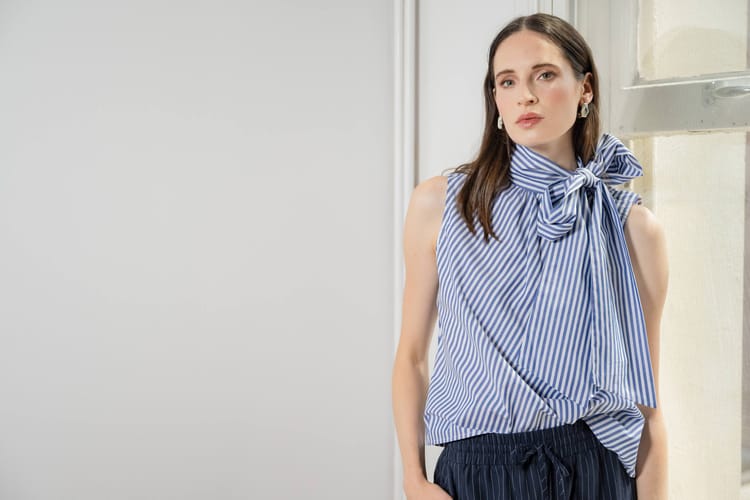
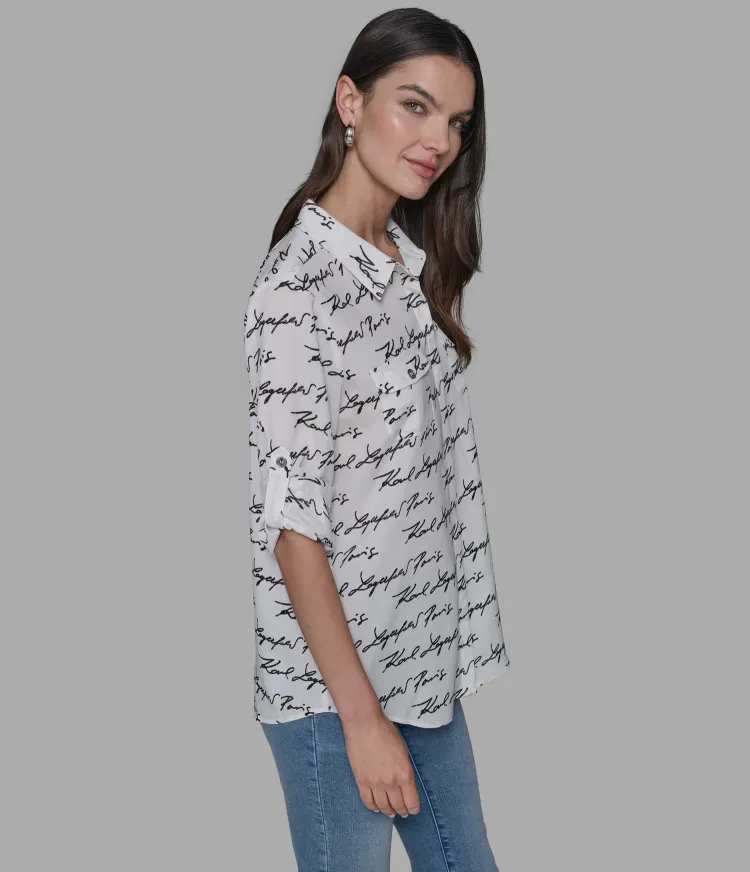

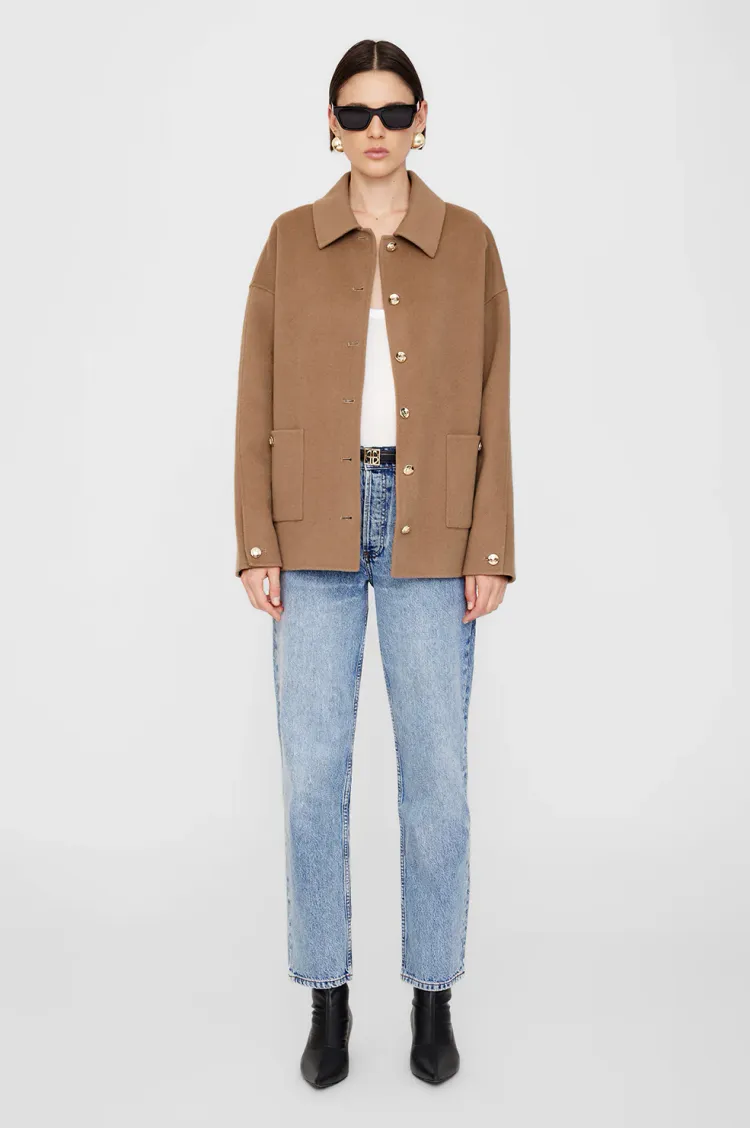

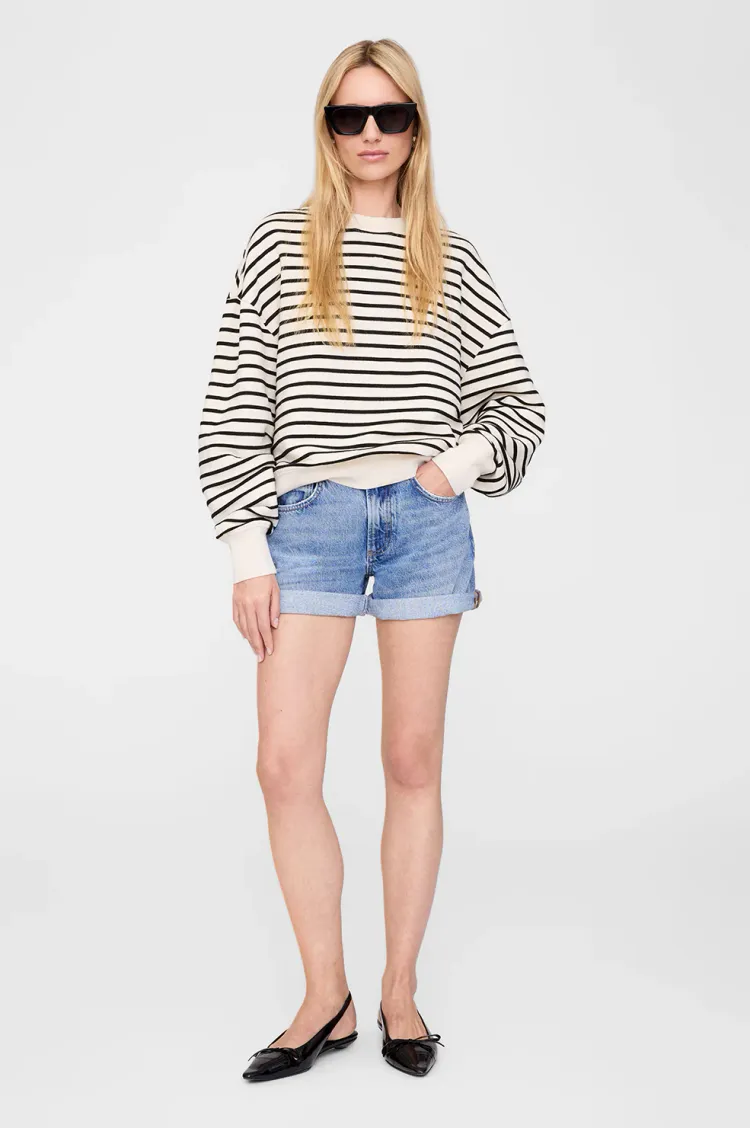
Member discussion